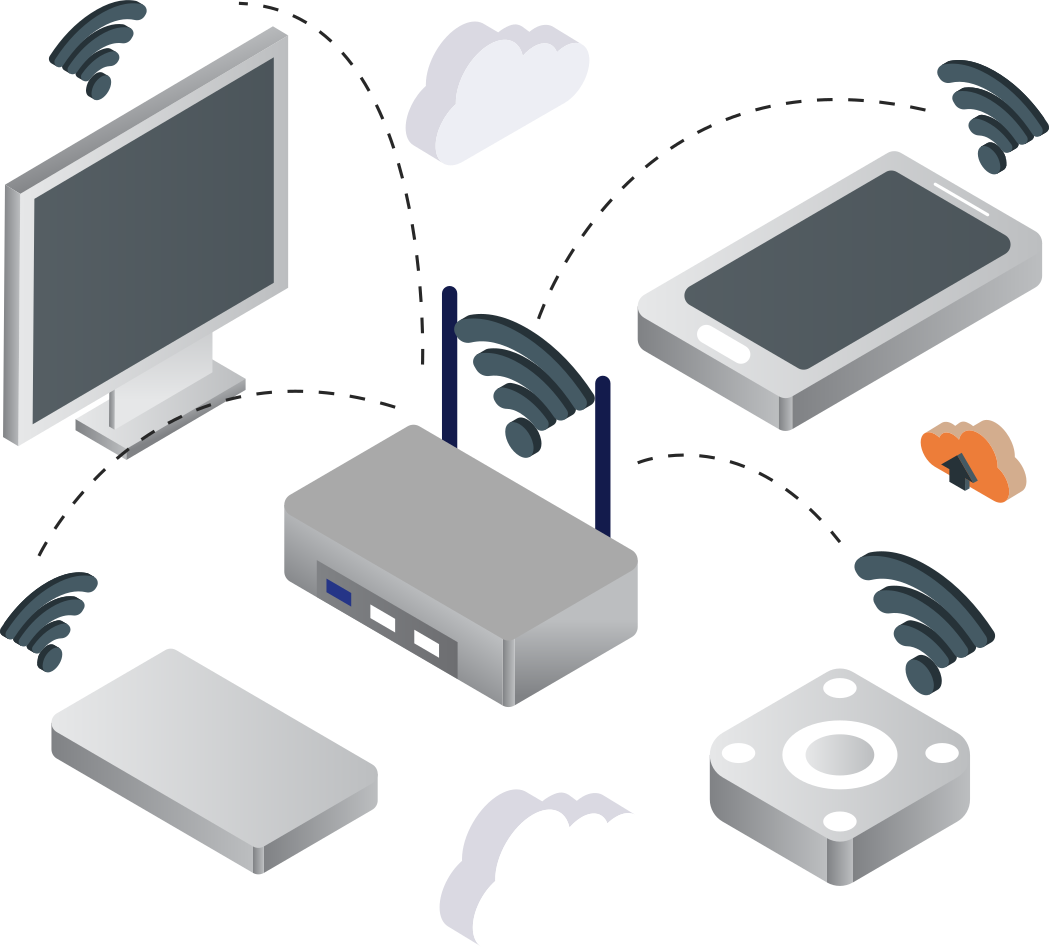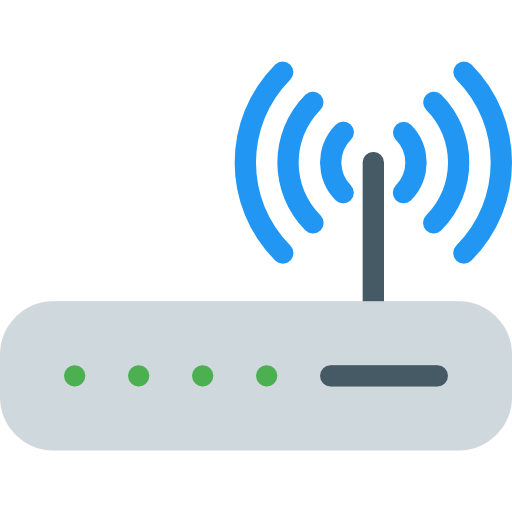Network Penetration Testing Methodology
RnR employs globally approved and industry-standard frameworks in each network penetration test it does. The structure is based on the industry standard guidelines like Penetration Testing Execution Standard (PTES) and the National Institute of Standards and Technology (NIST) at a minimum, but it goes well beyond that.
This entails vulnerability analysis, which includes examining the output of various security tools as well as manual testing procedures. A network vulnerability assessment entails a variety of tasks like –
- Threats to the network must be identified, prioritized, and quantified
- Checks for security control
- Analyzing network defenses against network-based assaults such as local privilege attacks, network intrusion, port scanning, and brute-force attacks, among others.
We Comply with all the Top IT Security Testing Guidelines

Wireless Methodology
The client will provide target information after the project is launched. In the case of wireless penetration testing, the information gathered will include a list of all SSIDs and MAC Addresses that are in scope. In addition, before the project is scheduled, a list of all the places and structures is compiled at this stage of testing.
- Site Survey
- Unauthorized Access Attempts
- Post-Authentication
We give a full network analysis and executive summary with appropriate remediation measures when our assessment is completed. We strive to offer reports that are clear and simple and include the following information:
- Executive Summary
- Identified Vulnerabilities and Risk Ratings
- Detailed Risk Remediation Steps
Configuration Auditing Methodology
The goal of this methodology is to use a security audit to assess the security of an organization’s network devices and find weaknesses. The detection technique of simple scanning software isn’t enough for our auditing methodology. We identify and prioritize your network’s most vulnerable locations, as well as provide actionable recommendations.
The client’s scoping/target information will be obtained after the project is launched. This information will be included in a Windows/ Linux/other type of server configuration review:
- IP Addresses of the systems/ Servers in scope
- Read only Administrator- level Credentials (All configured settings without the ability to modify)
- Any required access information (E.g. – VPN credentials)

Planning / Execution

Firewall Auditing Methodology
The client’s scoping/target information will be obtained after the project is launched. This information will be included in a firewall setup review:
- IP Addresses and URLs for the firewalls in scope
- Read Only Administrator-level credentials
- Any required access information (E.g. – VPN credentials)
Planning / Execution
Router Auditing Methodology
After initiating the project, scoping/target information will be collected from the client. In the case of a router configuration review, this information will include:
- Configuration files of routers in scope
- Any additional requirements

Planning / Execution

BYOD Configuration Methodology
The purpose of this methodology is to configure and review the BYOD onboarding procedure. It is assumed that the BYOD onboarding process (for example, ISE) is already up and running, with certificates configured and Active Directory integrated.
After initiating the project, scoping/target information will be collected from the client. In the case of a BYOD configuration review, this information will include:
- All the device information in scope
- Any additional requirements
Planning / Execution
Tools Used
We use industry benchmark security testing tools across each of the IT infrastructure as per the business and technical requirements.
Below are few from many of the tools we use:
Burpsuite
Nipper
Nmap
Nikto
Metasploit
OpenVAS
Aircrack-ng
Wireshark
John the Ripper
Trusted by International Brand






























What is Network Security Testing?
Network testing is a method of evaluating the current state security of the Network including internal, external security assessment and device-level security policies throughout a network to detect and illustrate flaws and assess hazards.
At RnR, we use a precisely planned procedure for identifying and prioritizing the most susceptible elements of your network in our penetration testing methodology. A network penetration test's main goal is to find exploitable vulnerabilities in networks, network devices, systems, and hosts so that they may be corrected before a hacker can discover and exploit them.
Leave us massage






















